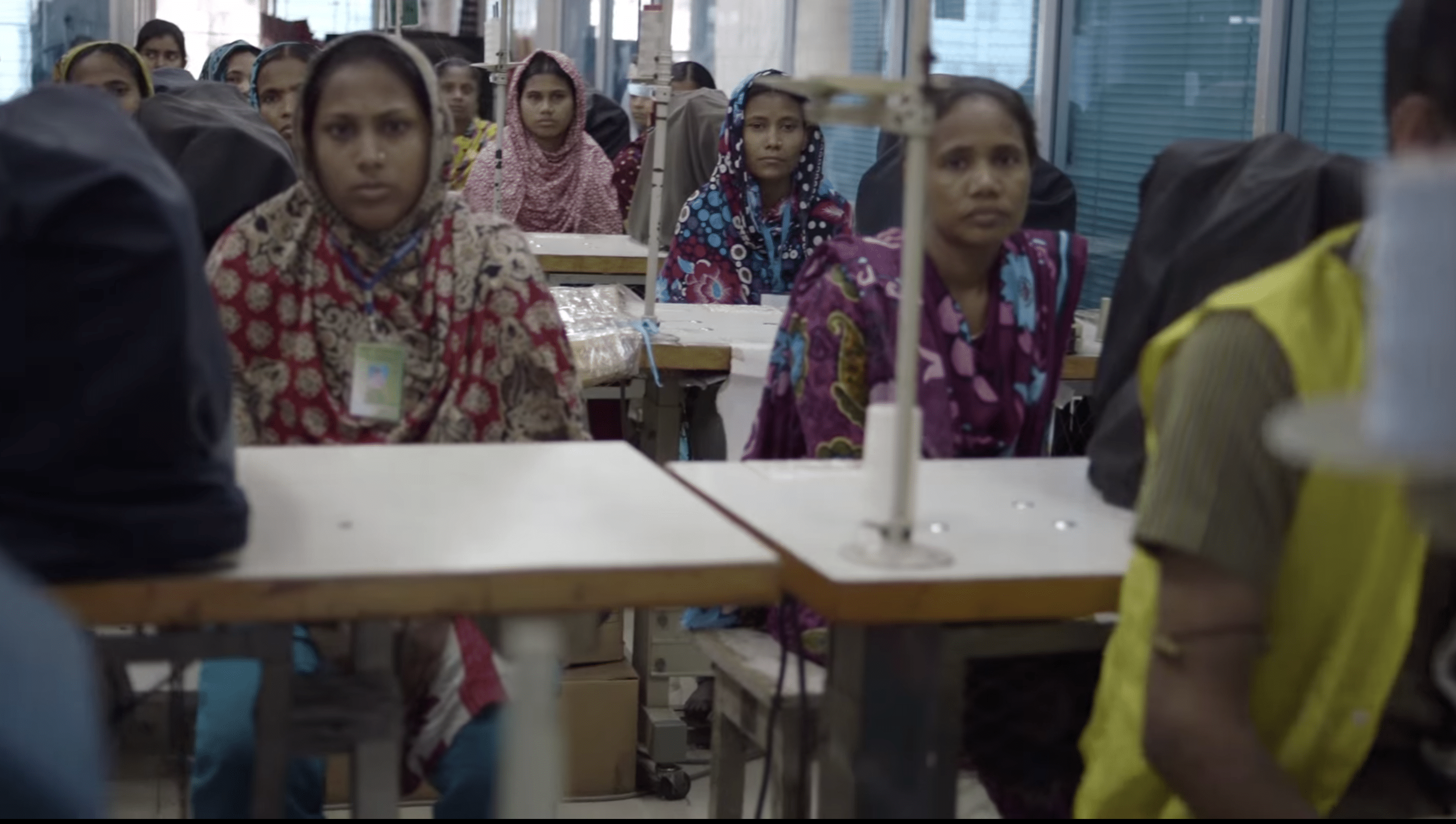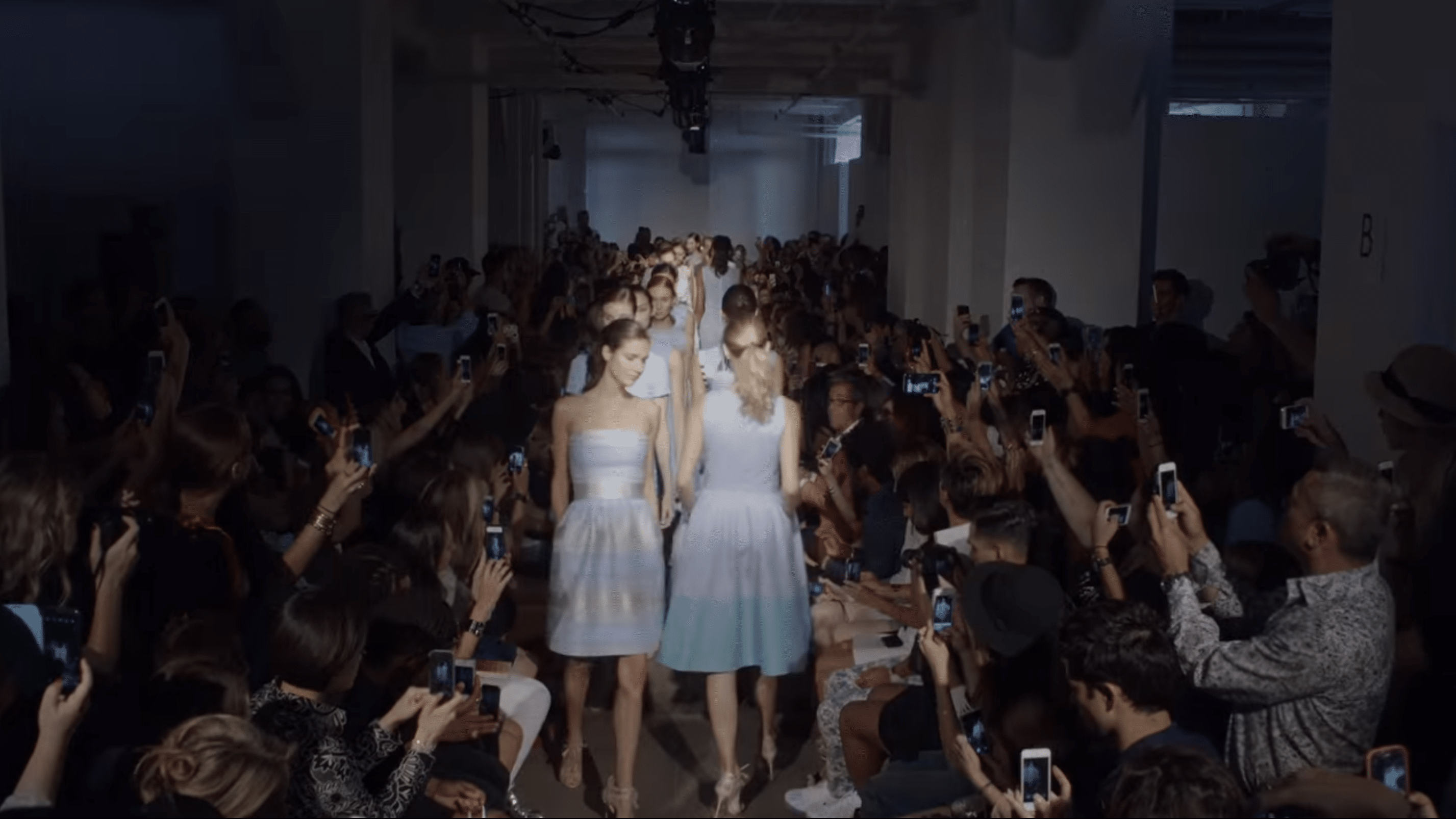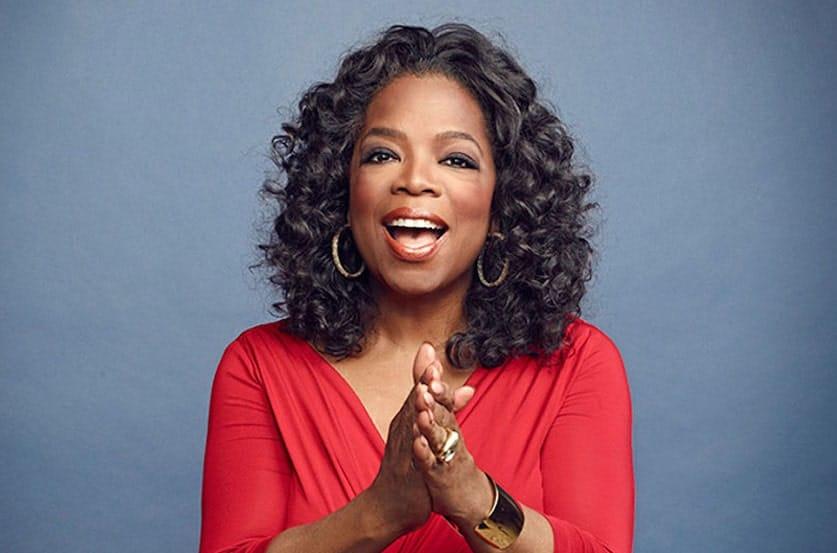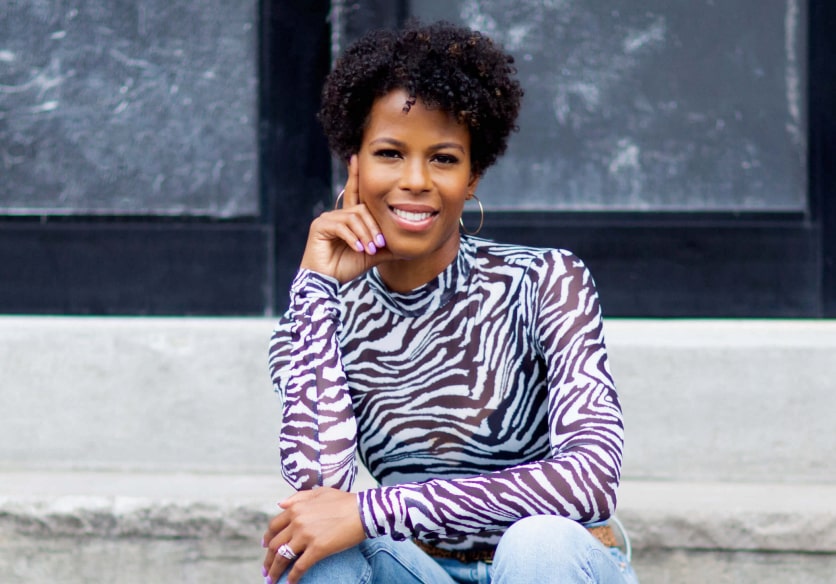
Intel to invest $125M in women, minority entrepreneurs
June 9, 2015
New report highlights where Minorities are thriving
June 12, 2015‘The True Cost’ documentary explores shocking cost of Fast Fashion
The fashion documentary is a trendy genre. In “Valentino: The Last Emperor” audiences feasted on Italian designer Valentino Garavani’s inimitable method constructing haute couture gowns. “The September Issue” provided VIP access to model fittings and photo shoots to showcase the building of Vogue magazine’s biggest issue. Both films are a jamboree of beauty and success. “The True Cost” is another tour de force fashion documentary, but it fuels the soul in an entirely different way.
Director Andrew Morgan’s 92-minute documentary “The True Cost” studies the collision course between fashion and its attendant financial, environmental, and social systems. Filmed all over the world, “The True Cost” features interviews with Stella McCartney, Livia Firth, and Vandana Shiva. In case you cannot make it to a screening, you can download the fashion flick.
“The True Cost” encourages viewers to make conscious choices about what they put on their bodies while thinking about how one’s picks impact the world. The true cost of fast fashion, which is the speedy process of producing low cost clothing that copies what is being seen on the runways, is far too expensive. The hands that make fast fashion are caught in an economically bleak cul-de-sac saturated with unsafe conditions.

Factory scene from groundbreaking new documentary film ‘The True Cost’ which the explores shocking cost of Fast Fashion
For example, a garment factory building in Bangladesh collapsed on April 24, 2013, killing more than 1,100 people. Major Western retailers source clothes from Bangladeshi suppliers thanks to cheap labor costs. The government, factory owners, and international garment industry pay those workers some of the world’s lowest wages while failing to ensure proper working conditions. Forty-one people are charged, including the owner of the building, Sohel Rana, with murder over the collapse of Rana Plaza. All of the defendants face the death penalty, if convicted.
It is important to refrain from viewing this film in the abstract, as doing so would be counterproductive. If we strip away the theoretical and academic and make fashion about mindful acts, progress is possible.
We must engage in a dialogue about the human expense associated with the manufacture, sale, and distribution of low-priced clothes. Makers of fast fashion do not receive living wages. To produce at an accelerated pace and scale to keep up with demand, human labor is the most vulnerable and the point that gets squeezed.
Proponents of globalization and capitalism suggest that the people who create fast fashion wouldn’t have jobs but for the industry. Yet fast fashion records profits in the trillions, thus, it is possible for companies to continue to reap gargantuan returns while improving the quality of life for its workers.

A scene from ‘The True Cost’
Fast fashion calls for immediate reforms, including safety inspections and higher wages across the industry, which employs tens of millions of workers. Enacting rules and regulations do not take away competition or the spirit of the game; on the contrary, they enhance it.
We must spend equal time solving the environmental problems associated with fast fashion as we do sourcing it. Fashion is the second most polluting industry in the world (oil takes the top prize). The film investigates how the industry’s rapid growth has led to chemical dumps into water; exposure of workers to highly toxic chemicals at leather tanning factories; landfills in Haiti that contain massive amounts of superfluous clothing; and pesticide-infused cotton fields. The proof is in the pudding: the world’s environmental fashion footprint must be reduced.
Small companies offer clothing that is built with integrity regarding the hearts and hands along the way. The purchase of organic, sustainable apparel lessens the tragic implications associated with pesticide use. People Tree and Patagonia provide quality clothing while paying fair wages and generally avoiding exploitative measures.
“The True Cost” is a genuine love letter to fashion. It asks consumers to do more and be more. Innovation has always been at the forefront of fashion, and there is no time like the present to support institutional changes to the trade while endorsing mindfully constructed pieces.
Stacy Slotnick, Esq. is an entertainment lawyer at Star Equity (formerly Northeast Venture Group) in New York. She drafts and negotiates contracts and addresses trademark, copyright, patent, and other intellectual property issues. Stacy also directs public relations campaigns and consults on branding, licensing, and merchandising. Stacy (a.k.a. The Foxy Jurist) holds a J.D., cum laude, from Touro Law Center, and a B.A., summa cum laude, from the University of Massachusetts Amherst.
Follow Stacy Slotnick on Twitter@TheFoxyJurist







